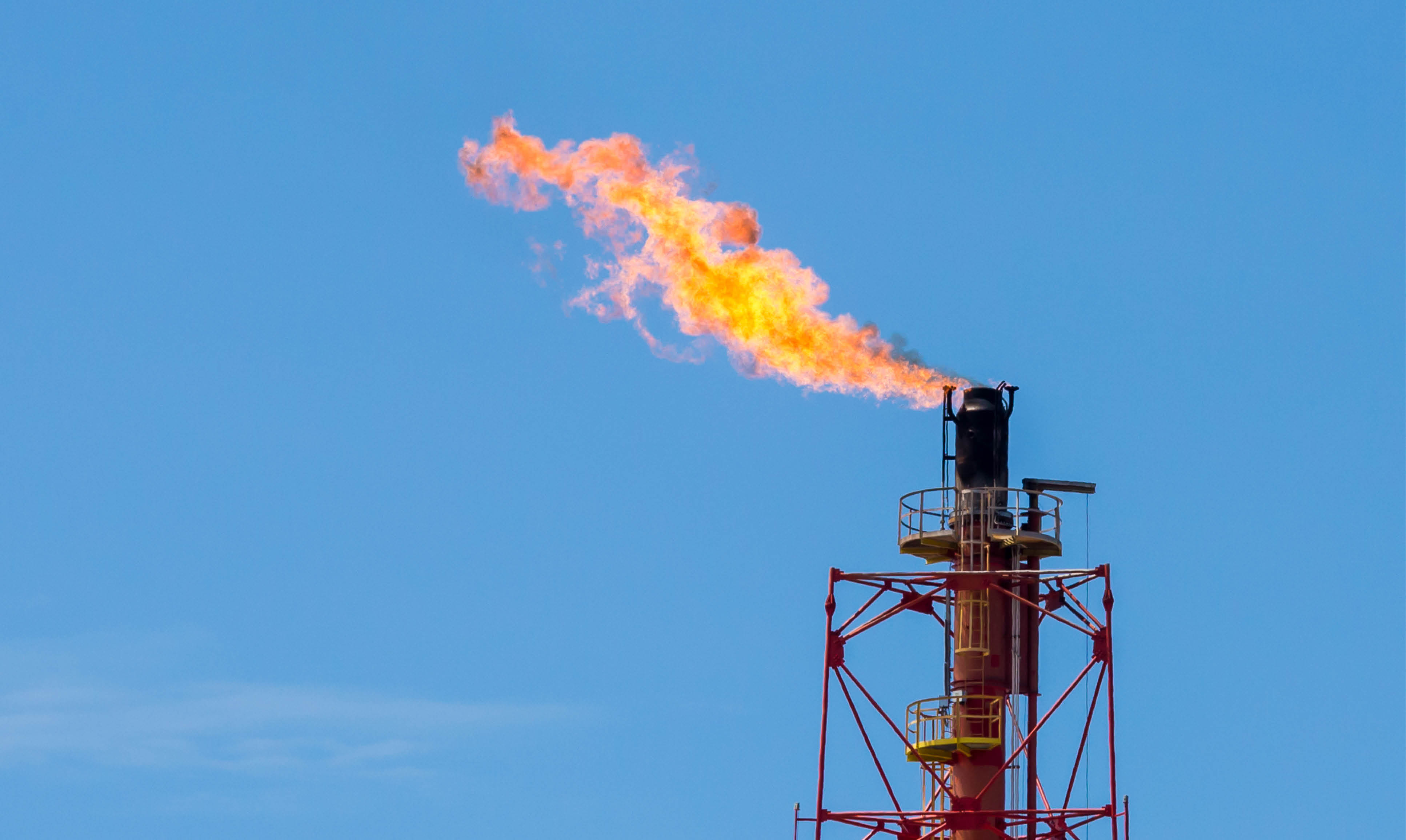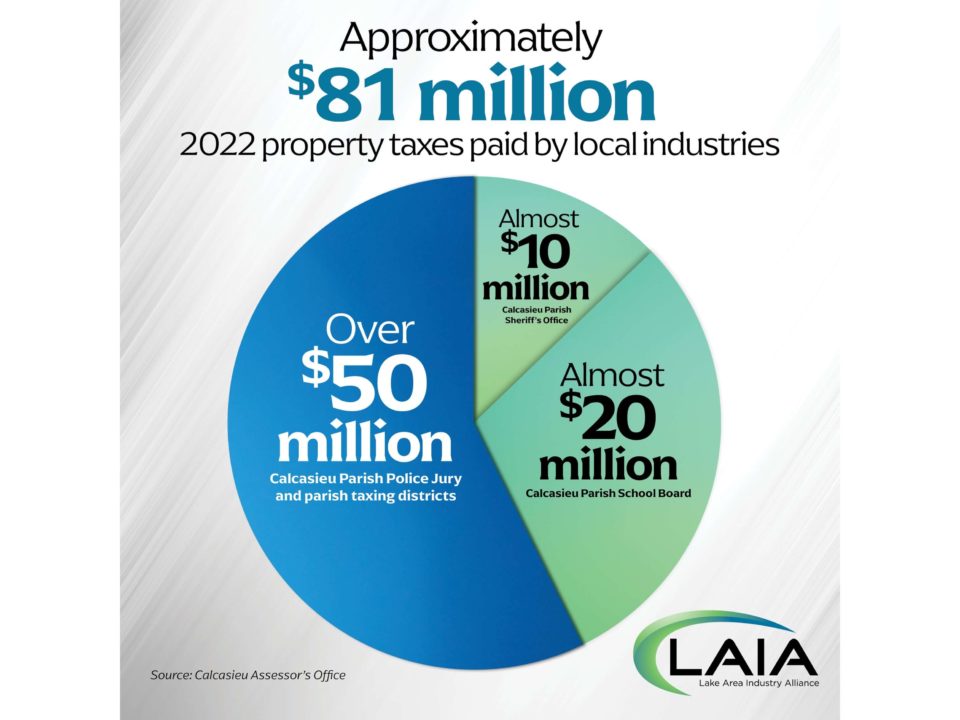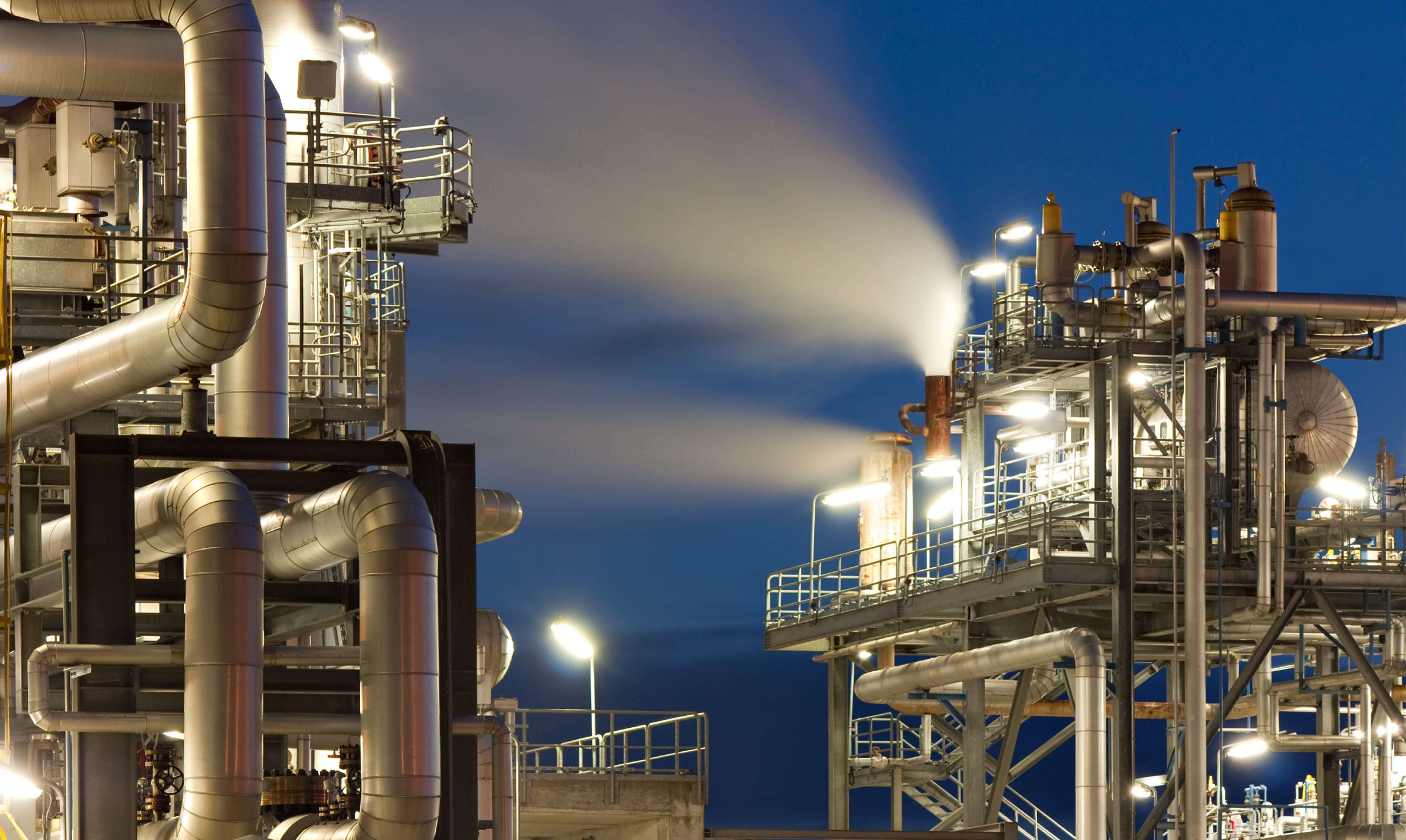
Figuring Out Flares
April 17, 2013
Industries’ Role in Everyday Products
April 17, 2013While many people wonder how industry became so prevalent in our area, it’s interesting to note that our past leaders worked very hard to pave the way for many of the refineries and chemical facilities to be built here.
“Civic leaders worked hard to make this area attractive for industrial growth,” said Larry DeRoussel, president of Lake Area Industry Alliance and former plant manager. “A popular notion is that the industries sort of came in with a ‘like it or not’ manner, but the facts are that industry was pursued and welcomed here because it could provide a substantial job base and future for this area, when it seemed that other resources were drying up.”
Around 1900, the Union Sulphur Company was producing around 4,000 tons of liquefied sulfur a day, becoming the largest mine in the world, and establishing the city of Sulphur. A little further down I-10, oil fields began flourishing in Jennings and Eunice. Lake Charles had already been designated an official port of entry by an act of Congress, but the city’s leaders knew the port needed to be expanded to capitalize on the industrial growth taking place.
“They requested federal assistance to open a deep-water channel to the Gulf of Mexico,” explained DeRoussel, “but it was denied. So, they did things the way we’ve always done them, including how we handled Hurricane Rita, they just did it themselves.” In an unprecedented move, the citizens voted to fund the project themselves in 1922. In 1924, the Lake Charles Harbor and Terminal District became a reality.
The country’s need for war supplies during World War II launched the industrial boom in Southwest Louisiana. The military needed fuel, lubricants and synthetic rubber for trucks, tanks and planes and Lake Charles provided ready access to all of these elements, as well as a deep-water port to expedite delivery. “At that point, we could provide crude oil and natural gas. We had access to plenty of water for the manufacturing process and a waterway for the ships and barges transporting the products. The vision and dedication of civic leaders and the community was a reality and positioned this area for success,” said DeRoussel.
The Lake Charles site of Continental Oil Company, now Phillips 66, was completed in 1941; the Firestone synthetic rubber plant, now Firestone Polymers in 1943 and the Cities Service refinery, now CITGO in 1944. As the war was coming to an end, the PPG facility, now Axiall, was just starting up in 1945.
These industries relocated people from all over the country to Southwest Louisiana. In fact, Maplewood, now located within the City of Sulphur, was created to house the hundreds of families moving to the south to work for CITGO.
After the war, the nation’s economy boomed, causing a demand in consumer products. Southwest Louisiana’s industries were meeting the demands, creating more jobs for area workers and a strong economic base. Other industries took note of this growing industrial complex located near the Gulf of Mexico and began expanding here as well.
“Presently, we have over 20 industrial manufacturing facilities in the Lake Area. These facilities directly employ more than 6,500 people,” said George Swift, president of the Chamber Southwest. “These jobs come with great benefits, a competitive wage and opportunity for advancement. That number doesn’t account for the thousands of contractors, suppliers and consulting companies who support area industry. Our industrial base has contributed to the continued economic growth we’ve seen in Southwest Louisiana, particularly during the recent recession. Our economic diversity has helped this area weather the storm; the industrial component has been a key player.”
Our industrial growth can be traced back to the vision of community leaders who saw the potential for Southwest Louisiana and instead of waiting for outside help, took it upon themselves to make it happen.




